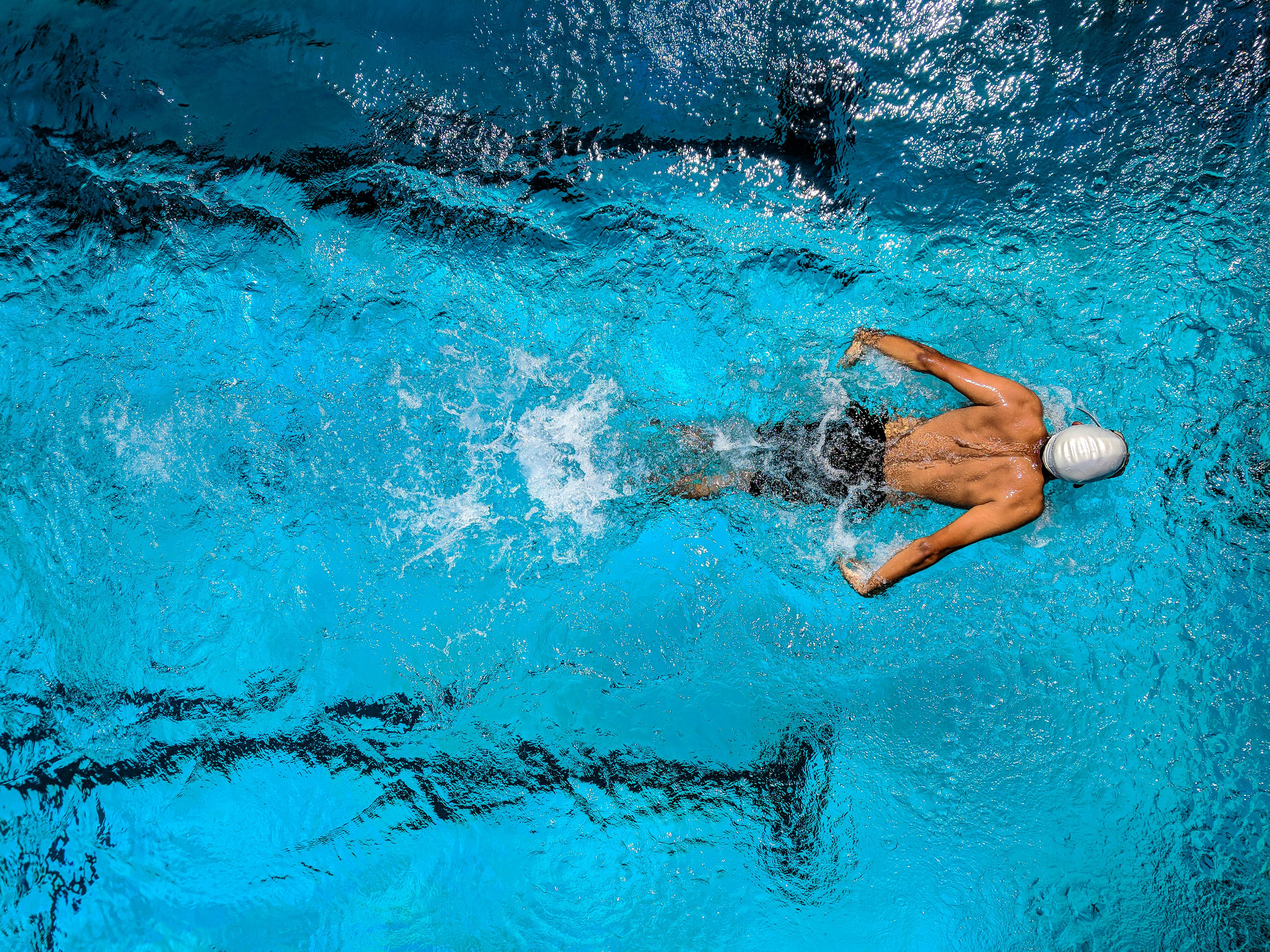To know how much exercise you should do to burn fat, you’d have to actually do it to find out. The problem with fat loss is that it’s not related to weight loss, and while there are charts online linking exercise to weight loss, that’s not the same thing as fat loss.
In fact, you can burn fat without losing almost any weight if you also build muscle fiber that is rich in water and also increases your metabolic rate. It becomes almost impossible to quantify your weight loss with fat loss. The only way to do this would be to get a body fat caliper that measures your body mass index, a measure of the fat on your body. You can also get body fat scales that measure the resistance to a small electrical current through your body and express it in terms of % fat.
So fat loss does not mean weight loss! When you burn fat, you can also build muscle tissue that is mostly water and heavier than fat (this is why fat always floats on water) and thus can mask any weight loss associated with fat loss. However, the question, how much exercise to burn fat, is easily answered – it is impossible to know!
The reason for this is that exercise will not burn anything if you are on a diet that contains more calories than you expend. You should get enough exercise to use up the energy in the food you eat, and then some more. What you are trying to do is force your body to look for another source of carbohydrates to convert to glucose. When you exercise, you need glucose to undergo a reaction known as glycolysis that converts it to pyruvate, the raw material for the Krebs cycle that results in energy generation.
If there is a lack of carbohydrates in your diet relative to the amount of exercise you get, then your body will look for another source. It will first seek out its fat reserves, which have been stored in times of plenty for use in times of food scarcity. This was essential for prehistoric man’s survival in winter, although it is less needed today.
Fat is burned to form glucose which is then used for energy production. When oxygen is present (aerobic exercise = aerobic glycolysis) glucose is oxidized to pyruvate, but when there is no oxygen (anaerobic exercise = anaerobic glycolysis) a process known as lactic acid fermentation takes place which also forms pyruvate, but is much more inefficient . use of glucose than aerobic glycolysis.
So there are two factors here: how much of a calorie deficit there is between the carbohydrate content of your diet and your energy demand, and whether the exercise is aerobic (jogging, swimming, cycling, aerobics) or anaerobic (weight lifting, speed races). For these reasons alone, it is not possible to say how much exercise you would need to burn fat, assuming you had the equipment to measure fat loss.
What can be said is that if you do enough aerobic exercise to be sure there is a significant difference between the caloric content of your food and the calories burned by the exercise you do (500 – 1000 calories difference), then you will lose weight. If you then do some anaerobic exercise on a high-protein diet, you should also burn fat and build muscle tissue. Not only that, but the extra muscle tissue will help increase your metabolic rate, which would then help burn even more fat.
By ‘burning’ fat, you are not literally burning it, or even using it directly for energy. What actually happens is that adipose tissue, which is a carbohydrate, undergoes chemical changes to eventually turn it into glucose in the same way as any other carbohydrate. The more varied the exercise you do, such as a mix of high-, medium-, and low-intensity cardio and aerobics combined with anaerobic exercises like weight lifting, the more likely you are to lose fat.
There is no such thing as ‘The Fat Burning Zone’ that you hear so much about. It is a myth that has somehow grown until even sensible people believe it. You burn fat when you have no other carbohydrates left. Fat is a longer chain carbohydrate and takes energy to break down, but it was originally intended as an emergency power source when cavemen could no longer hunt animals during the winter. Even today, bears accumulate large fat stores before hibernation. That’s what fat is for, to convert it into glucose and then into energy.
In addition to losing fat tissue, you can also lose muscle tissue with a significantly large calorie deficit between what you need to stay alive and what you eat. This is why hungry people become very skinny: their limbs are like sticks because all the fat and most of the muscle tissue has been broken down for energy. Muscle is protein, which is a combination of amino acids and carbohydrates.
You don’t need a set amount of exercise to burn fat; it depends on your energy demand and the carbohydrate and protein content of your diet. Only these two components of the diet can be used to generate energy. If you were a bear, you would burn fat by hibernating and not eating, but you could be asleep all the time. No exercise, just metabolism!



